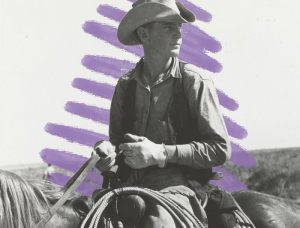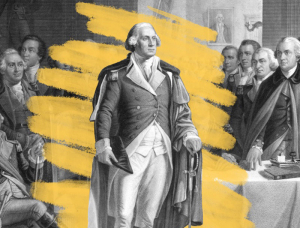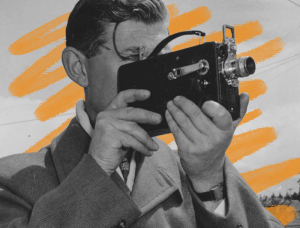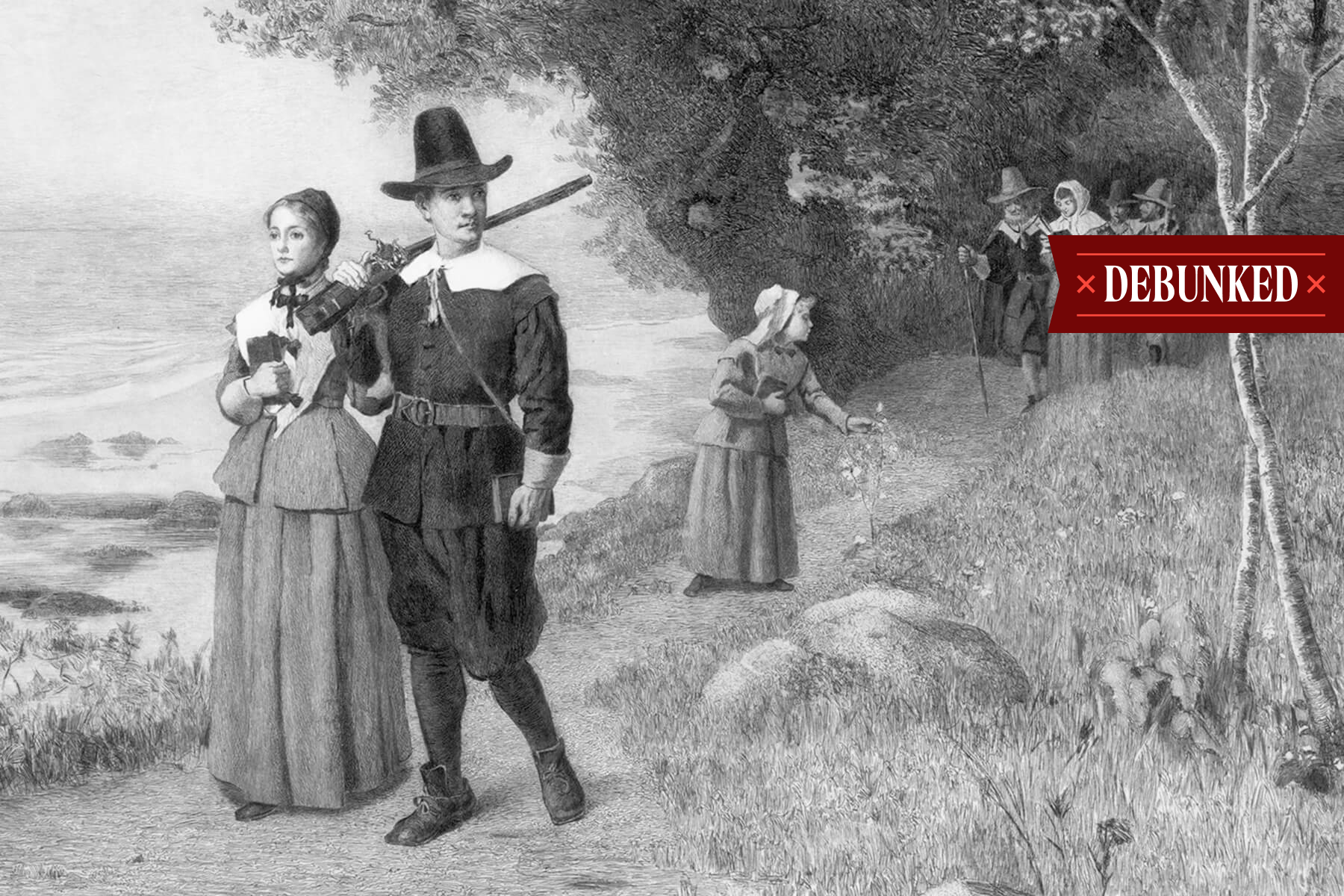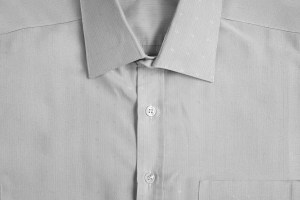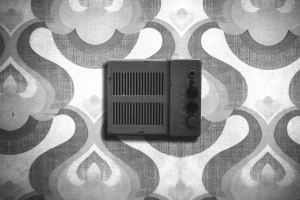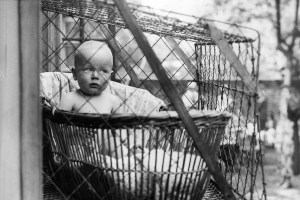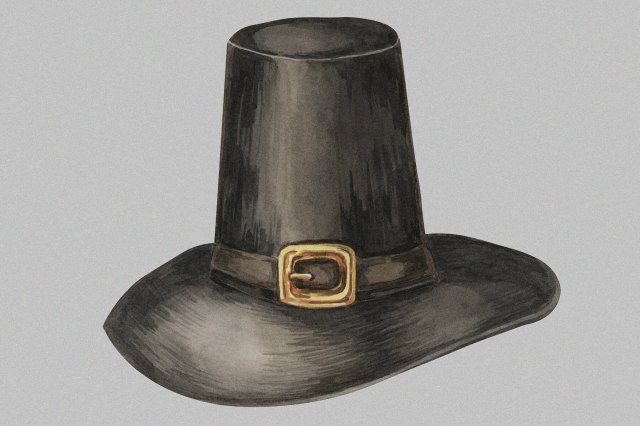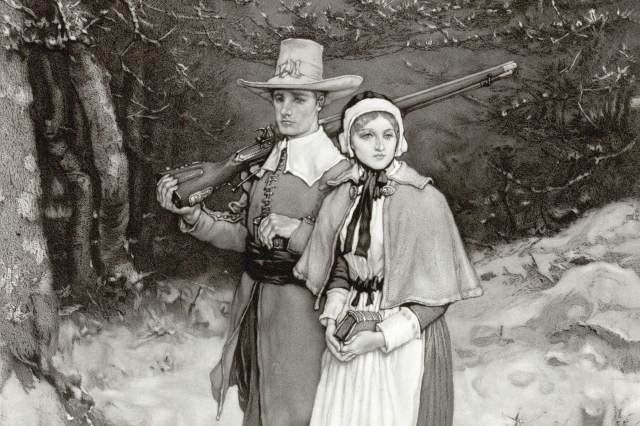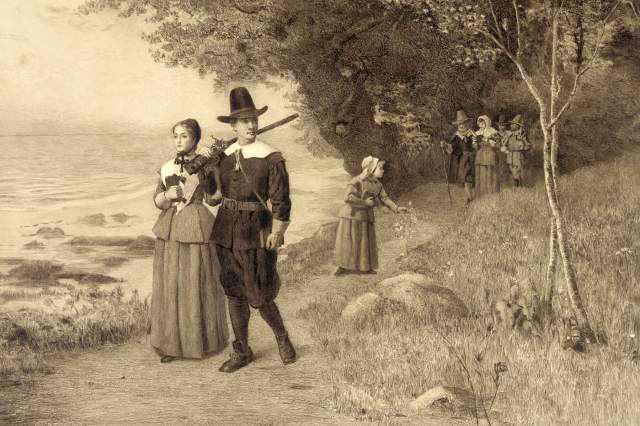Did Pilgrims Really Wear Buckled Hats?
When the Pilgrims began their 66-day journey aboard the Mayflower in 1620, they weren’t wearing the buckled hats and black suits and dresses they’re known for today. Sailing from Plymouth, England, to their settlement near Cape Cod, Massachusetts, the Saints, as they called themselves (the term “Pilgrim” didn’t originate until the early 1800s), actually wore clothing more tailored to their arduous voyage.
Common men’s garments included wool stockings, billowy knee-length pants known as breeches, and close-fitting jackets known as doublets. Women, meanwhile, wore waistcoats, long skirts known as petticoats, and a linen hair covering called a coif. Clothing was mostly made from durable wool and linen and was often layered to protect against the cold New England winter climate.
Both men and women wore leather latchet shoes, and both, though primarily the men, also wore tall, wide-brimmed hats with a flat top — a particularly identifiable piece of the Pilgrim wardrobe that has become practically synonymous with colonial America. The truth is, however, that neither the shoes nor hats featured the overstated buckles we associate with Pilgrim attire. Shoes were fastened with a leather strap or laces, and hats were generally unadorned.

As for the dark-colored clothing, Pilgrims did wear black occasionally, especially on Sundays, but it was not part of the daily uniform. In fact, black dye was expensive and difficult to obtain and use, so dark clothing was primarily reserved for upper classes or very special occasions, such as portrait sittings. The 1651 painting of Plymouth Colony Governor Edward Winslow is believed to be the only portrait of a Pilgrim made from life; in it, he wears a black doublet and white collar and cuffs, feeding into the misconception that this is how Pilgrims usually dressed. In reality, it was a formal outfit for a rare event. Pilgrims actually wore quite colorful clothing in their daily lives. According to documents such as personal wills and cargo inventories from the Mayflower, everyday clothing was made in colors such as red, blue, purple, and green, all derived from plant-based dyes that were much more attainable to many families.
